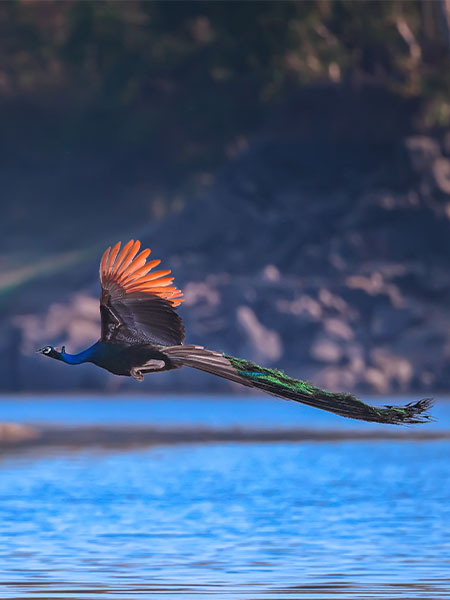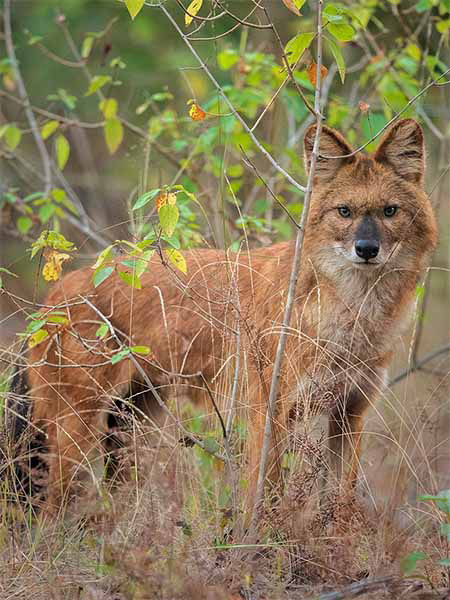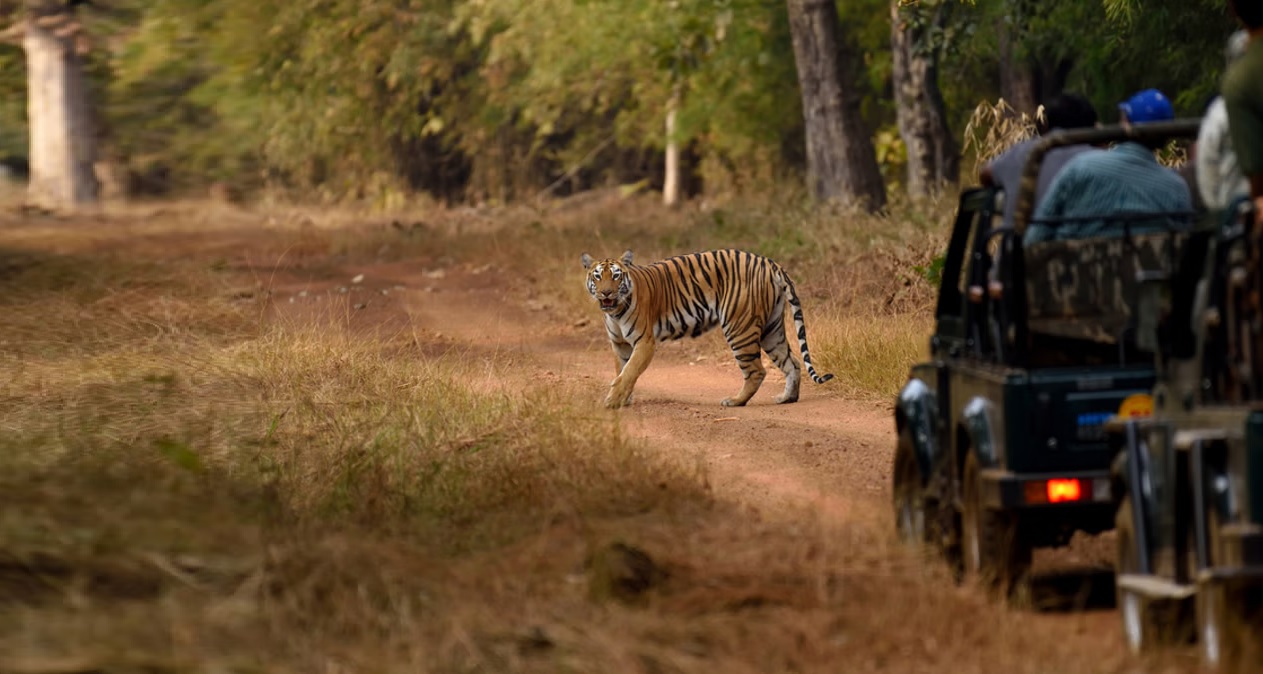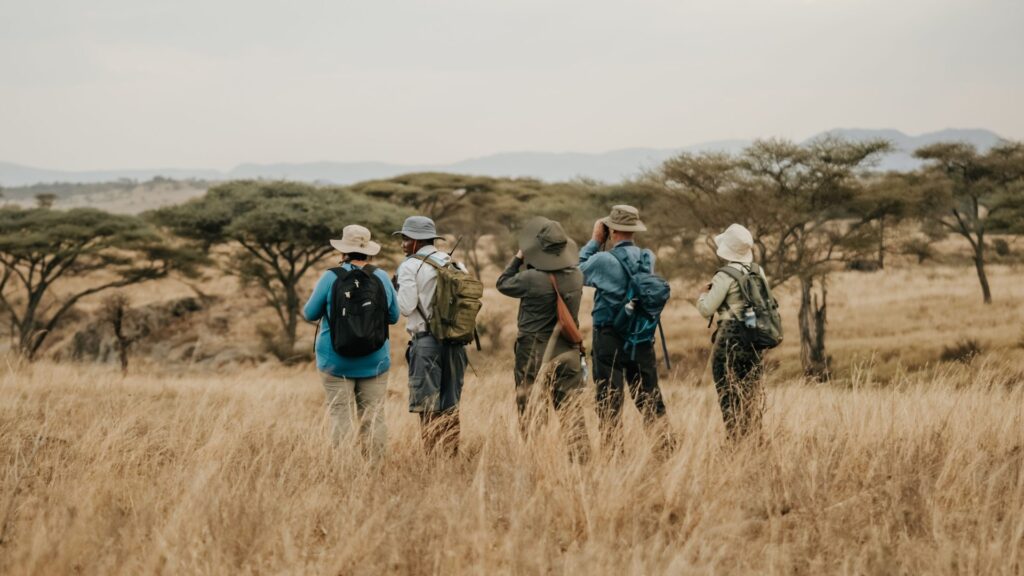Situated in the lap of Central India; Satpura National Park, popularly known as Madhai, stands nestled in the Mahadeo hills of the Satpura range.
Satpura is a Sanskrit word that translates to Seven Mountains (sat-seven, pura– mountain). Spread over a sprawling 1427 sq. kms.; Satpura National Park was formed in 1981 with Satpura, Pachmari, and Bori sanctuaries with an altitude ranging from 300 to 1,352 meters (980 to 4,436 feet).
The rugged terrain of Satpura National park is dotted with deep, yawning valleys and gorges, stunning sandstone peaks, gurgling rivulets and brooks, cascading waterfalls, dense forests of Sal and Teak, and an abundance of medicinal plants.
Satpura has a rich tapestry of flora and fauna. Satpura National Park is a bird watcher’s paradise. The water bodies attract a host of local and migratory birds, and over 300 species of birds are found in this bountiful landscape. Satpura hosts a variety of birds, including many migratory species from November to March. The hot spots for birding include the Tawa reservoir, the Denwa Backwaters, and the grasslands and fields of the Satpura National park.



Satpura is the second-largest tiger reserve in Madhya Pradesh and is also designated as the biosphere reserve. Covering an area of 2133 square feet, comprising 65% teak forest (sagwan trees), 35% mixed forest, and 10-15% grassland, creating a diverse habitat for various flora and fauna species.
Satpura boasts a rich history with many caves and rock formations. The region is dotted with two to three main rivers like Denwa, Tawa Reservoir, Nagdwari, and smaller tributaries. The Tawa reservoir, initiated in 1958 and completed in 1978, adds to the habitat diversity and supports agriculture through a canal network which covers from Chhindwara district to Nagpur and serves as a vital corridor connecting Kanha and Pench tiger reserves.
The reserve’s strategic location within the Satpura range contributes to its ecological significance, forming a vital corridor for wildlife movement and genetic diversity. This interconnectedness ensures the survival and well-being of numerous species, making Satpura Tiger Reserve a cornerstone of India’s conservation efforts.
The diverse habitats of Satpura National Park provide shelter to a wide variety of animals. The park is home to herbivores such as deer, carnivores like leopards, and omnivores including monkeys. This rich biodiversity makes Satpura National Park a popular destination for wildlife enthusiasts.

Satpura holds the distinction of being India’s first reserve forest, showcasing a remarkable diversity of ecosystems. From Southern tropical moist deciduous forest to Southern tropical dry deciduous forest, Tropical riparian fringing forest to southern tropical thorn forest, and central Indian sub-tropical hill forest to Dry and moist grassland, Satpura encompasses a wide range of habitats.
The forest in Satpura varies, featuring Sal forest on the Pachmarhi plateau, mixed forest in most areas, and patches of teak forest. This diverse landscape supports a rich array of flora and fauna, making Satpura a haven for nature enthusiasts and wildlife explorers alike.

Fill the details to get personalized revert back from New Cheetal Luxury Wildlife Resort, Madhai.
Escape to the serene wilderness of Madhai and immerse yourself in the tranquility, the quintessential jungle resort.